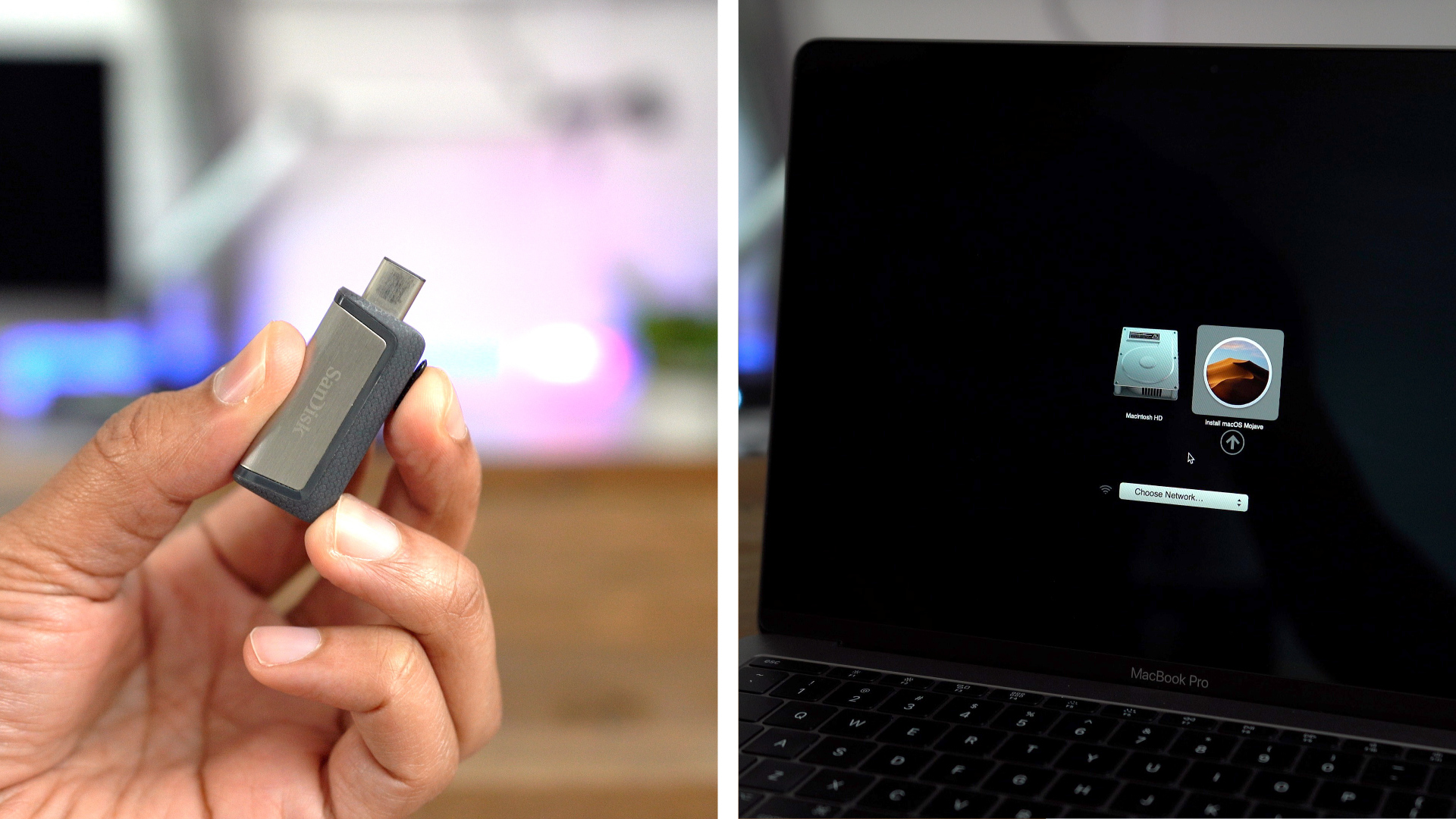

- #Bootable drive maker for mac won't recognize usb install
- #Bootable drive maker for mac won't recognize usb full
- #Bootable drive maker for mac won't recognize usb iso
- #Bootable drive maker for mac won't recognize usb download
- #Bootable drive maker for mac won't recognize usb free
Solution - Try to connect the USB drive through every USB port that is available to use on either a desktop or laptop.

USB Connection Issues Resulting from Loose or Broken USB Port You may perhaps have attempted to reconnect the USB installation media for several times, but why the computer still doesn't recognize it? Answers are now given. Here we have many thinkings on solving a bootable USB not working problem, which appears to be missing somewhere.

Take this time to read the getting started guide to learn about your new operating system.But here comes the problem, you took the right steps and enter into the BIOS environment with success, only see that the bootable USB drive not showing up there! Why doesn't BIOS recognize or detect the bootable USB flash drive then? Why Doesn't the Bootable USB Drive Show up in the Bios Running the following command in your terminal: sha256sum
#Bootable drive maker for mac won't recognize usb install
When complete, attempt to boot again from the Install DVD.
#Bootable drive maker for mac won't recognize usb iso
To create one, insert a blank DVD, right click on the ISO file in Finder, and select "Burn to Disc". If your Mac doesn't recognize your elementary OS USB Install Drive in the boot menu, you may need to create an elementary OS Install DVD instead. Note that it may be incorrectly identified as "Windows", but this is normal.
#Bootable drive maker for mac won't recognize usb download
This ensures that you've received the full, complete download and that it is not corrupted.Īssuming you downloaded elementary OS to your Windows Downloads folder, open the Command Prompt in Windows and run the following command: CertUtil -hashfile Downloads\ sha256 Verifying your download is an important step: we generate a "checksum" for elementary OS images and recommend that you verify that your download matches that checksum before trying to install.

If you are attempting to install in a virtual machine, enable EFI if possible but understand you may encounter other issues.
#Bootable drive maker for mac won't recognize usb full
We do not recommend virtual machines as they don't perform as well as a full install. You will also need a spare USB flash drive with at least 4 GB of storage for installation. Built-in or wired mouse/touchpad and keyboard.
#Bootable drive maker for mac won't recognize usb free


 0 kommentar(er)
0 kommentar(er)
